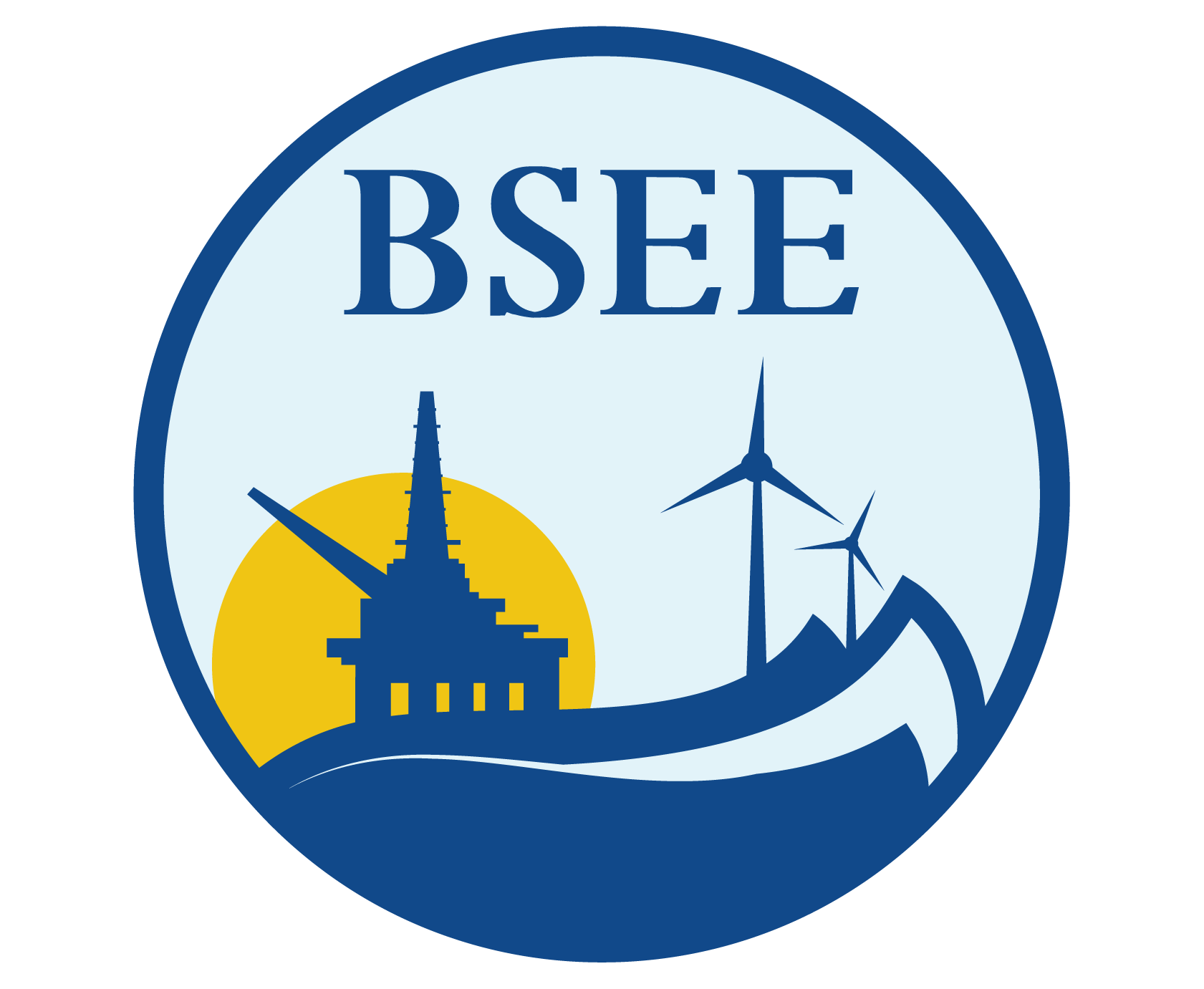TAP-559-Offshore Hurricane Readiness Recovery Conference
Project to provide facilitation for the break-out sessions of the Offshore Hurricane Readiness & Recovery Conference and prepare a report capturing the findings, issues, and opportunities to improve that are identified by the conference.
